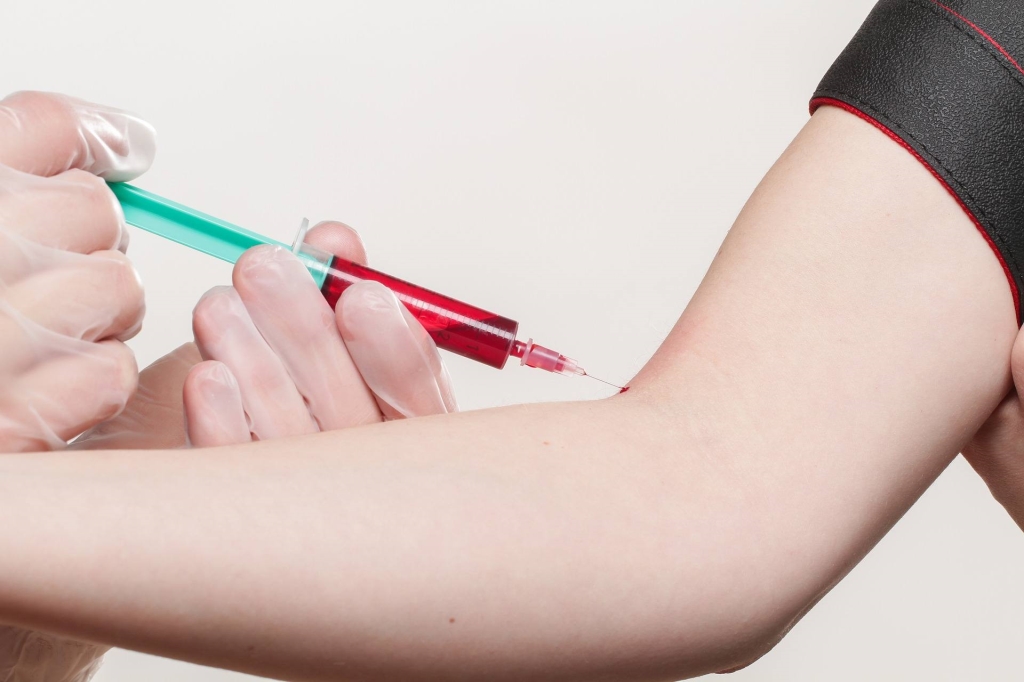What You Need to Know to Become a Phlebotomist: A Complete Guide to Training and Certification
If you’re interested in a rewarding healthcare career, becoming a phlebotomist can be an excellent choice. Phlebotomists play a vital role in medical laboratories, hospitals, and clinics by collecting blood samples for testing. This guide will walk you through everything you need to know about how to become a certified phlebotomist, including training requirements, certification processes, practical tips, and the benefits of this healthcare profession.
Introduction
In today’s healthcare industry, demand for skilled phlebotomists continues to rise due to the increasing need for laboratory testing and diagnostics. If you’re considering this career path, understanding the necessary training, certification, and practical skills is crucial. This comprehensive guide aims to provide clarity on the steps to become a licensed and proficient phlebotomist, whether you’re just starting or looking to advance yoru healthcare career.
What Does a phlebotomist Do?
Phlebotomists are healthcare professionals specialized in drawing blood from patients for laboratory testing,blood donations,or transfusions. Their responsibilities include:
- Preparing patients for blood collection procedures
- Collecting blood samples using needles or other collection devices
- Labeling and documenting samples accurately
- Maintaining safety and hygiene standards
- Ensuring patient comfort and providing support
Educational Requirements for Becoming a Phlebotomist
High School Diploma or Equivalent
The basic educational requirement to start a career as a phlebotomist is a high school diploma or equivalency (GED). This foundation is essential for enrolling in formal training programs.
Phlebotomy Training Programs
Enrolling in a structured training program is highly recommended. These programs can be offered by community colleges, vocational schools, or healthcare institutions. Training typically includes both classroom instruction and hands-on practice in blood collection techniques.
Curriculum Overview
| Topic | Status |
|---|---|
| Anatomy and physiology | Mandatory |
| Venipuncture Techniques | mandatory |
| Safety and Infection Control | Mandatory |
| Patient Interaction Skills | Mandatory |
| Lab Operations and Documentation | Optional but recommended |
Certification: Is It Necessary to Become a Certified Phlebotomist?
While certification requirements vary by state and employer, obtaining certification considerably enhances job prospects and credibility in the field. Certification demonstrates that you have met specific training standards and possess the necessary skills.
Popular Certification Bodies
- National Healthcareer Association (NHA)
- American Society for Clinical Pathology (ASCP)
- American Medical Certification Association (AMCA)
- National Phlebotomy Association (NPA)
Certification Process
- complete an accredited phlebotomy training program with at least 40 hours of practical training.
- Gain hands-on experience through observation and supervised practice.
- Pass the certification examination administered by a recognized association.
- Maintain certification through continuing education and periodic re-certification.
Steps to Becoming a Certified Phlebotomist
Step 1: Meet Educational Requirements
Ensure you have a high school diploma or GED and enroll in an accredited phlebotomy training course.
Step 2: complete a Training Program
Focus on programs that include comprehensive classroom and practical components,preparing you for real-world blood collection tasks.
Step 3: Obtain Practical Experience
Most certification agencies require a minimum number of venipunctures performed under supervision-typically around 40 prosperous blood draws.
Step 4: Pass the Certification Exam
register and prepare thoroughly for your chosen certification exam. Consider practice tests and review courses to boost your confidence.
Step 5: Obtain State Licensure (If Required)
some states require licensed or certified phlebotomists to work legally. Verify your state’s requirements and apply accordingly.
benefits of becoming a Certified Phlebotomist
- Job Security: Growing demand in healthcare ensures stable employment opportunities.
- Competitive Salary: Certified phlebotomists earn attractive salaries, with potential for advancement.
- Flexibility: Work in diverse environments such as hospitals, blood banks, clinics, or mobile blood drives.
- Personal Fulfillment: Contributing directly to patient care and public health can be highly rewarding.
Practical Tips for Aspiring Phlebotomists
- Develop Good Dialogue Skills: clear, compassionate communication eases patient anxiety.
- Practice Regularly: Hands-on practice builds confidence and technical proficiency.
- Stay Updated: Keep abreast of new techniques, equipment, and certification requirements.
- Focus on Safety: Strict adherence to safety protocols protects you and your patients.
Case Study: From Training to Successful Career
Emma,a recent graduate of a community collage phlebotomy program,completed her certification through the NHA.She gained practical experience during a 50-needle externship, passed the certification exam on her first attempt, and secured a position at a regional hospital. Emma emphasizes the importance of hands-on practice and maintaining a patient-focused approach in her daily work, leading to job satisfaction and career growth.
First-Hand Experience: What It’s Really Like
Many aspiring phlebotomists wonder what the job entails daily. The reality involves a mix of technical skill, patient interaction, and teamwork. Patience and empathy are vital, especially when working with anxious or difficult patients. Over time, many find this profession not only fulfilling but also a stepping stone to advanced healthcare roles like medical assisting or nursing.
Conclusion
Becoming a certified phlebotomist is a manageable but rewarding process that opens the door to a vital healthcare profession. By completing the right training, obtaining certification, and continuously developing your skills, you can enjoy a stable career with opportunities for growth and specialization. Whether you’re driven by a desire to help others or interested in the medical field, phlebotomy offers a meaningful and engaging career path.
Remember, the journey to becoming a professional phlebotomist begins with education and practice. Equip yourself with the right knowledge and credentials, and you’ll be well on your way to making a positive impact in healthcare.
